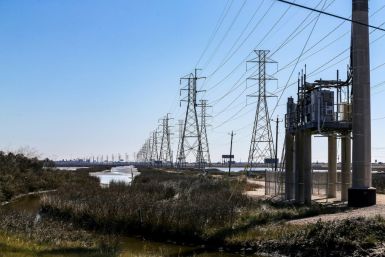Business confidence slips further--NAB survey
For a third straight month, business owners in Australia have been down by pessimism as the Australian dollar reached new highs, an indicative report by the National Australia Bank (NAB) said.
More than 500 companies surveyed by the NAB for the period of May 23 to May 30 in Sydney indicated that their business confidence measured by a specified index based on some conditions had dropped to 6 from 7 in April.
The index, which was hinged on the following business conditions such as measure of hiring, sales and profits, slid to 1 from 5, the emailed report further showed.
Impact of Stronger Aussie Dollar
Moreover, the NAB report confirmed the impact of a rising Australian dollar on industries, which are least involved in resource manufacturing.
The Australian dollar rose to $1.1012 on May 2, the strongest level since it was freely floated in 1983 because of the mining boom that consequently drove unemployment below 5 percent.
NAB's chief economist Mr Alan Oster noted that manufacturing "continues to report the weakest confidence levels of all industries, suggesting the high Australian dollar is continuing to weigh on sentiment."
The Australian economy's "near-term outlook is softer" after natural disasters at home and abroad and as higher oil prices slow global growth, Mr Oster added.
Gross domestic product contracted 1.2 percent in the first quarter, the most since 1991, as floods in the northeast slashed coal exports, a June 1 government report showed.
In the second half of the year, the effect of the reconstruction and investments in the disaster-hit areas especially in Queensland, will likely increase coal exports and mining investment are likely to spur the economy in the second half of 2011, explained Mr Oster.
NAB's economists have assessed that the Reserve Bank of Australia would likely increase benchmark interest rates by a by a quarter percentage point to 5 percent at the August meeting.






